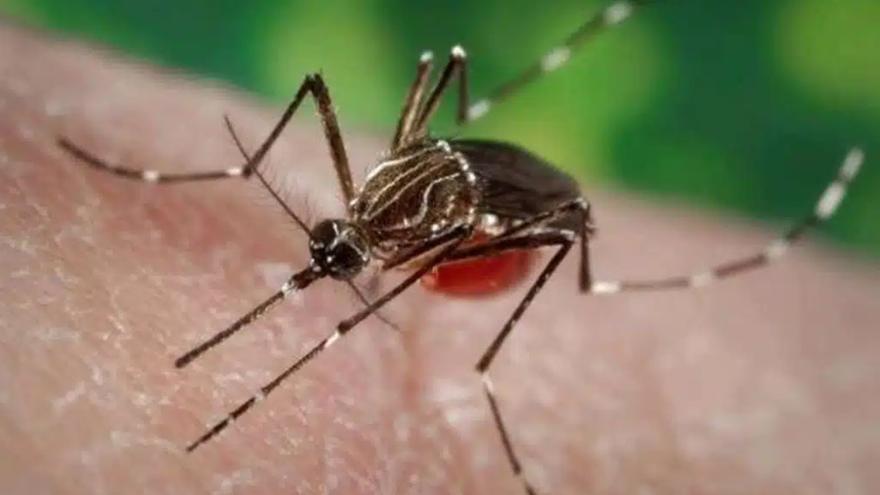
The Ministry of Health of the Government of the Canary Islandsthrough the General Directorate of Public Healthreports that the Entomological Surveillance System of the Canary Islands has detected specimens of Aedes aegypti mosquito in a house in Santa Cruz de Tenerife without reporting bites. The Canary Islands Entomological Surveillance system remains active after the detection of larvae on La Palma in March of this year, with no more larvae or mosquitoes appearing, and the eradication of the species in 2017, in Fuerteventura.
The Aedes aegAyptYo It is a black-striped mosquito, smaller than the usual ones in our territory, which appears more in urban environments and has adapted to reproduce in small man-made water points. It is a vector for the transmission of viral diseases in other geographical areas where these pathologies are endemic, which is not the case in the Canary Islands.
The SCS received today the alert of a citizen who found specimens of the mosquito in his home in Santa Cruz de Tenerife. It so happens that this person has lived in Barcelona and knew the species, so he sent photos even though he had not experienced any bite.
Given this notice, which occurred this morning, and after verifying in the laboratory that it is the species Aedes aegyptithe Surveillance and Public Health System team, coordinated by the General Directorate of Public Health, is already carrying out a first prevention action, increasing the rate of trap placement at different points to those established in the usual protocol. In addition, the inspection and location of possible breeding sites is beginning, as well as the corresponding epidemiological surveys, among other actions.
CITIZEN COLLABORATION
Citizens can send photos of suspected presence of the Aedes aegypti to the email account [email protected] or images of strong inflammatory reactions due to stings if they occur, indicating the geographical place where it has been located and a telephone number.
Health highlights that the Surveillance System is effective in detecting even invasive mosquito larvae and eggs early, before they have caused bites in the island’s population. In this sense, all the necessary information is being collected to delimit, verify and, where appropriate, eradicate the presence of this mosquito on the island.
It is also important to note that the presence of the mosquito It does not imply the transmission of diseases such as dengue, Zika, yellow fever or chikungunya, since these are not present in our territory, except for sporadic imported cases.
















